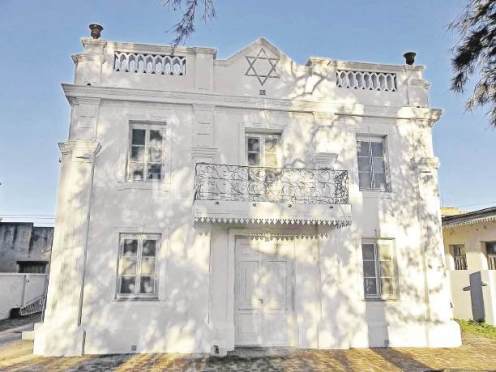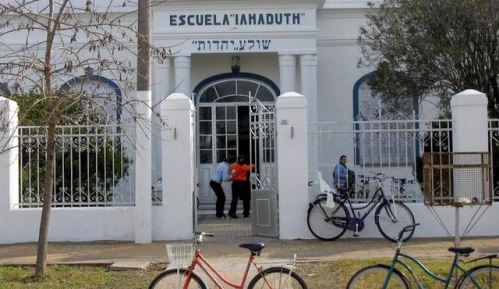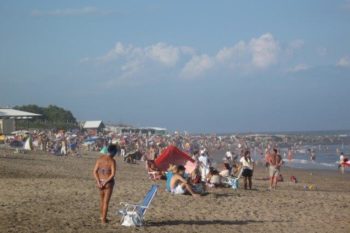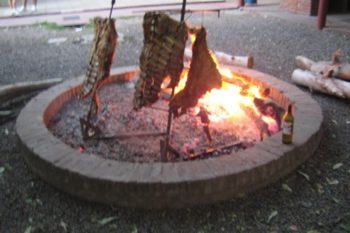Different waves of immigrants from around the world brought their language, culture and traditions to Argentina. These factors intermingled and helped create the country’s identity. One of those groups that helped shape our culture was that of the Russian Jews, who became known as the Jewish gauchos.
In 1889, a group of Russian Jews decided to escaped the certainty of violence of the pogroms in the Ukraine for the uncertainty of a new life in a faraway land. They travelled first to Paris, where they bought some tracts of land, sight unseen, in Argentina.
Upon arriving in the country, they learned that the deal had fallen through and the promises of housing and agricultural implements were not kept. They had nothing and nowhere to go. They were forced to sleep in railway sheds in appalling conditions. Railway workers and passengers would give them food out of pity. Due to the unhygienic conditions and poor diet, disease broke out. Sixty children died of typhoid fever. As they didn’t have coffins or a plot of land for burials, the children’s bodies were kept in oil drums.
After a while, a few Italian colonists took on this community and took them to their colony and gave them shelter, food and even some land. Parents had brought along those oils drums and were able to give their children a proper burial in what became the first Jewish cemetery of the region. Thus was the first Jewish colony created.
Meanwhile, in Paris, philanthropist and millionaire Baron Maurice de Hirsch and his wife Clara created the Jewish Colonization Association in memory of their son. The association’s goal was to help Jews escape from Europe and settle in peace in South America.
The Jewish Colonization Association acquired thousands of acres in Argentina, in the provinces of Santa Fe, Buenos Aires and Entre Rios and also absorbed the earlier colony. The association also brought more colonists, mainly from Russia, and provided them with land, a house and tools. These pioneers grew wheat, alfalfa, flax, rye and vegetables and also raised dairy cattle.
These new colonies later grew into rural towns where everyone was welcome. In Buenos Aires, Colonia Mauricio, named after Baron de Hirsch, had a flourmill, a hospital a bath and a slaughterhouse. Colonia Clara, named after Baroness de Hirsch, was founded in 1894 in the province of Entre Rios.
The oldest and largest colony was Moisés Ville, founded in 1890 by the firsts Jewish colonists ever to arrive, before the Jewish Colonization Association was founded. In 1999, Moisés Villewas declared a Historic Town and included in the national register of historic places.
In spite of its economic success, the younger generations left the town for the cities to get a university education. They became established professionals and never returned. The colony became depopulated, slowly but surely.
Nowadays, few descendants of those first pioneers, who overcame disease and adversity to flourish, still live in Moisés Ville. But the memory of those brave Jews who risked everything in their search for freedom and peace is still alive in the quiet streets.
Below is a video (in Spanish only, no subtitles) that promotes the town of Moisés Ville as a tourist destination. It’s part of the Jewish Colonies Trail.
Read more
Retracing the Journey of Refugees and Asylum Seekers






